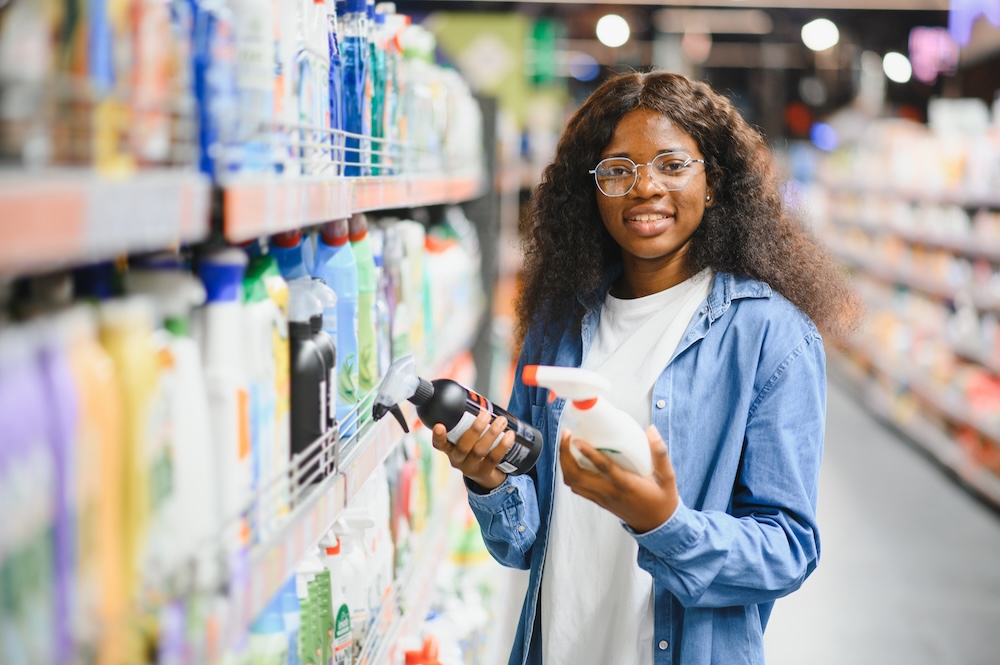Why Label Literacy Matters
The terms “natural” and “organic” are everywhere—from skincare to snacks. But what do they really mean? In 2025, consumer demand for clean, plant-based, and non-toxic products has surged—yet greenwashing still clouds the truth.
Learning to decode labels empowers you to make better choices for your health, values, and the environment.
The Difference Between “Natural” and “Organic”
Natural
- Not legally defined in most countries
- Can include synthetic preservatives, fragrance, or processing aids
- Often used for marketing without third-party verification
Organic
- Regulated by standards like USDA Organic, COSMOS, or NSF/ANSI 305
- Must meet criteria for:
- No synthetic pesticides or fertilizers
- No GMOs
- Minimal processing
- Often certified by third parties
Bottom line: “Organic” has structure and enforcement. “Natural” does not.
Key Certifications to Look For
USDA Organic (U.S.)
- Requires at least 95% organic ingredients (excluding water and salt)
- No synthetic preservatives or GMOs
COSMOS (EU)
- Covers both “organic” and “natural” products
- Requires transparency, sustainability, and safe synthetics (where necessary)
NSF/ANSI 305 (U.S.)
- Used for personal care products with at least 70% organic content
EWG Verified
- Highlights products with low health hazards based on full transparency
MADE SAFE
- Ensures no known carcinogens, endocrine disruptors, or environmental toxins
Common Label Claims (and What They Actually Mean)
“Natural”
- Often means some plant-derived ingredients, but doesn’t rule out synthetic chemicals
“Made with Organic Ingredients”
- Contains at least 70% organic ingredients, but not fully certified
“Certified Organic”
- Must meet full standards of a third-party certification body (usually USDA or COSMOS)
“Non-GMO”
- Does not contain genetically modified ingredients—but doesn’t mean organic
“Cruelty-Free”
- Not tested on animals—but not a measure of ingredient safety
Ingredients to Watch For
Greenwashing Red Flags:
- “Fragrance” or “parfum” (usually synthetic)
- “Derived from” language (e.g., “coconut-derived sulfates” still may be harsh)
- PEGs, parabens, phthalates
Safer Alternatives:
- Sodium cocoyl isethionate (gentle surfactant)
- Gluconolactone (mild preservative)
- Essential oils or herbal extracts (used sparingly and safely)
- Aloe vera, shea butter, jojoba oil, castile soap
How to Scan a Label Effectively
1. Start with the First Five Ingredients
Ingredients are listed in descending order by weight. If the first five are unfamiliar synthetics, the product likely isn’t very “natural.”
2. Look for Certifications First
If a product has no logos or seals, its “organic” claim may not mean much.
3. Research Ingredient Names
Use tools like:
4. Check for Transparency
Brands that explain their ingredient sourcing, extraction method, and formulation philosophy are usually more trustworthy.
FAQs About Reading Organic & Natural Labels
Does “natural” mean non-toxic?
No. Arsenic is natural. “Natural” is unregulated and often meaningless.
Is “organic” always better?
Not always—but it usually involves cleaner farming, fewer synthetics, and more transparency.
What’s the safest way to shop?
- Look for certified labels
- Avoid vague marketing claims
- Choose fragrance-free or essential oil–based scents
Are there synthetic ingredients in organic products?
Yes—some are allowed, like baking soda or certain preservatives, if considered safe and minimal.
Final Thoughts: From Buzzwords to Better Choices
Label reading isn’t about perfection—it’s about empowered decisions. With a few minutes of research and attention to detail, you can spot the difference between a marketing gimmick and a truly clean product.
As demand grows for transparency, your shopping habits help shape a market that values integrity, safety, and sustainability. So read wisely—and don’t let “green” labels fool you.









Reader Interactions